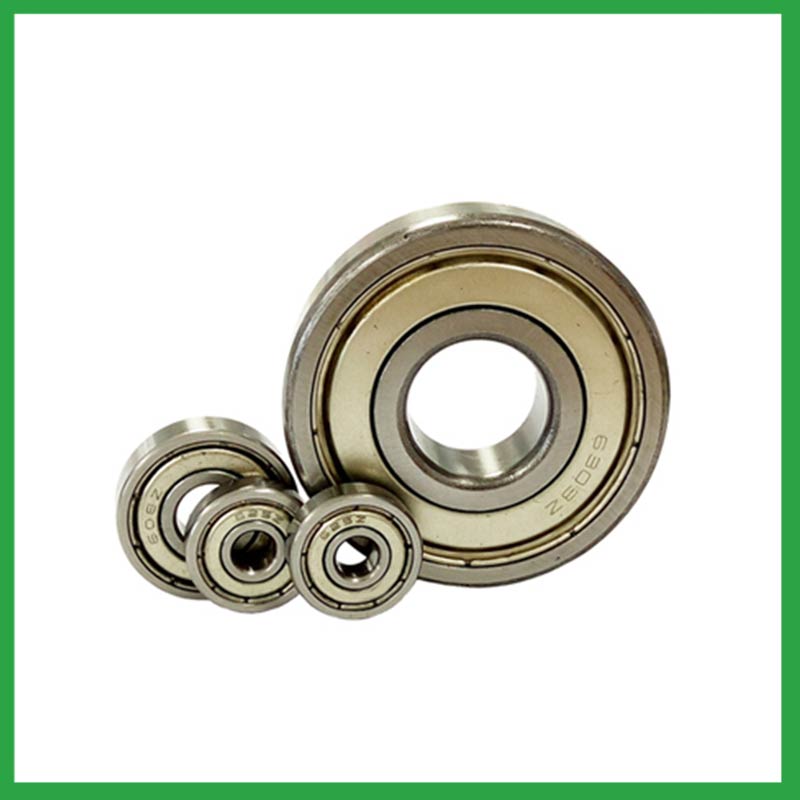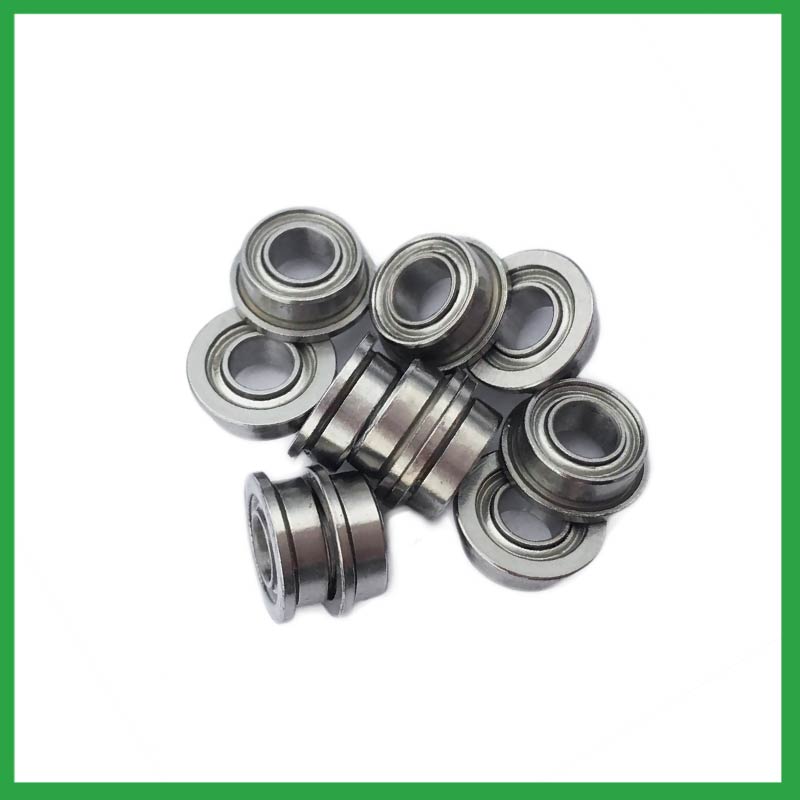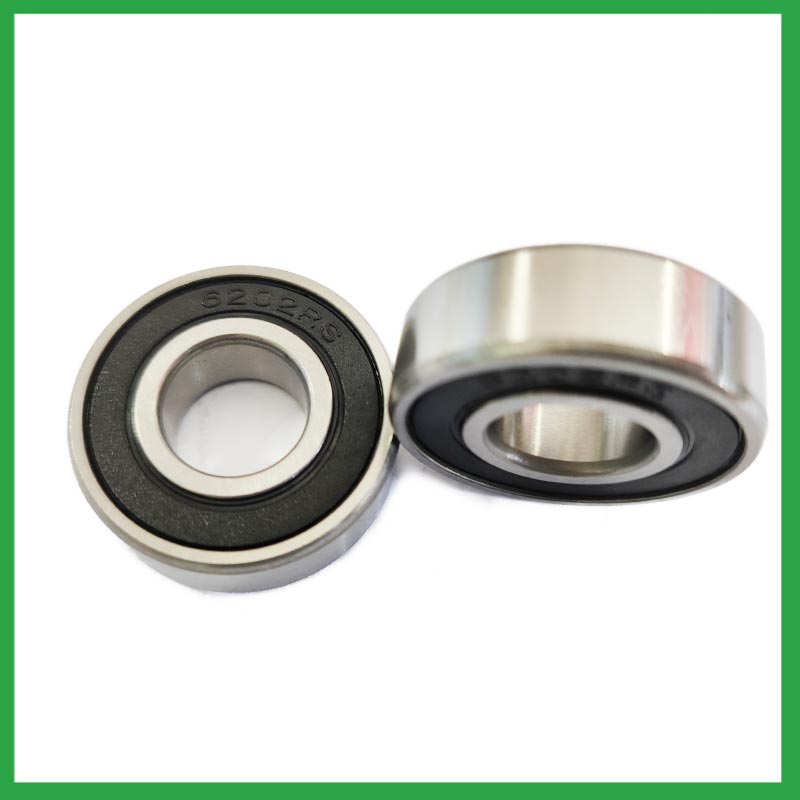PRODUCTS
CONTACT US
Ningbo Nide International Co., Ltd.
一一
· Contact person:Jack Zeng
· Mob/Whatspp/WeChat:0086-13738869026
· Email:emarketing@nide-group.com;marketing4@nide-group.com
· Add:No. 169, Wohushan Road, Daqi Subdistrict, Beilun District, Ningbo, China

Nide team could manufacture ball bearing as per customer’s drawing and samples.
If customer only has samples, we could also design drawing fo r our customer.
We also provide customized service.
Our ball bearing is widely applied the different industrials.
Haishu Nide International is specialized in bearings export production selling and after-service. In practice for many years, we established strict quality assurance system. Our products range covers fan,commutator,ball bearing,motor cover and lamination,magnet,carbon brush,insulation paper,etc.We can do OEM products, and do following drawings.
Nide wishes is to provide world wide customers with one-stop service for the motor manufacturing. Make motor, turn to Nide, everything will be easy !

| Parameter | Information |
|---|---|
| Product Name | tapered ball bearing |
| Brand Name | NIDE |
| Place of Origin | China |
| Material | ceramics, etc. |
| Structure | Deep Groove |
| Color | Customized Color |
| Delivery Time | 5-7days |
| Port | Ningbo/Shanghai |
| Export region | Europe,Asia,Africa |
| Export Country | India,Brazil,South Korea,Liberia,Kyrgyzstan,Portugal,Brunei...etc |
| Application | small rotary motors,aviation engines, etc. |
| OEM/ODM | Acceptatble |
| Size | Customized size |
| Stock | In Stock |
| Feature | Strong carrying capacity,Good wear resistance...etc |
| MOQ | 10 pieeces(Specific according to the model) |
| Certification | ISO9001,CE-insulation paper inserting machine,CE-stator coil winding machine,etc |
| Supply Ability | 100000-500000 Piece/Pieces per Month |
| Lubricate | Oil Grease |
| Packaging Details | Suitable for sea transportation |
| Lead time (days) | 15-20 (To be negotiated) |
Please note: The above table data is for reference only. For specific information, please contact us.
tapered ball bearing can be used in household appliances, such as barrel machine spindle bearings,refrigerator door leaf wings,mixers,vegetable cutters, etc; It can also be used in industrial fields, such as reducers,bearing cabinets,weaving machine spindle bearings,dishwashers, etc.
During the disassembly process, the outer shell should be kept intact to avoid unnecessary damage;
When replacing installation components, attention should be paid to the accuracy of the support components to prevent deformation;
During the disassembly process, attention should be paid to protecting the surface quality of the ball bearing to ensure its performance;
During the operation, attention should be paid to removing surface dust to ensure the quality of the ball bearing.
Ball bearings have many advantages, making them highly competitive in the market.
Firstly, they are very durable and have good wear performance, making their service life longer than many other types of bearings.
Secondly, they are easy to install and can provide low friction performance in various applications.
Thirdly, they require a relatively low level of maintenance, making them cost-effective.
In addition, compared to many other types of bearings, their purchase cost is relatively low, making them an economical choice.




tapered ball bearing---FAQs Guide
2.How do cage designs affect tapered ball bearing speed and acceleration capabilities in high-speed machinery?
3.How do manufacturers address concerns related to bearing noise and vibration in sensitive equipment?
4.Are there self-aligning tapered ball bearing that accommodate misalignment and shaft deflection in rotating equipment?
5.About tapered ball bearing,Can I add my own logo?
6.Can tapered ball bearing handle shock loads and high-impact conditions in heavy machinery?
7.How do different tapered ball bearing designs, such as deep groove, angular contact, or thrust bearings, cater to specific applications?
8.As a tapered ball bearing manufacturer,How Can We Guarantee Quality?
9.What are the considerations for choosing between open, shielded, or sealed tapered ball bearing in specific applications?
10.Are there tapered ball bearing designed for use in critical medical equipment?
11.Can tapered ball bearing be used in both vertical and horizontal orientations?
1.Are there ongoing research and development efforts aimed at improving tapered ball bearing materials, designs, and lubrication techniques?
A custom tapered ball bearing can satisfy almost any customer’s needs. Your application may need a needle roller or ball bearing, a radial or angular contact design, a plain carbon steel bearing with anti-corrosion coatings or stainless steel, a thrust bearing or a spherical bearing, tight or loose radial play, sealed or non-sealed designs
2.How do cage designs affect tapered ball bearing speed and acceleration capabilities in high-speed machinery?
In high-speed tapered ball bearing, external load has a great effect on cage stability and sliding ratio, especially for the bearings at work in the starting process. The cage stability is worse in the beginning of the bearing starting process. The axial load greatly influences cage dynamic performance in the bearing starting process.
In addition, while ball bearings worked under steady conditions, axial load and radial load both have a great influence on cage dynamic performance. The effects of axial load on cage dynamic performance during the bearing starting process are opposite from the effects under steady conditions.
3.How do manufacturers address concerns related to bearing noise and vibration in sensitive equipment?
From a tapered ball bearing manufacturing perspective, a low noise or vibration rating is achieved by paying attention to the surface finish of the raceways and balls, their roundness, and selecting the correct cage design. Finely filtered low noise greases can also be used to reduce vibrations.
4.Are there self-aligning tapered ball bearing that accommodate misalignment and shaft deflection in rotating equipment?
These tapered ball bearing are particularly suitable for applications where misalignment can arise from errors in mounting or shaft deflection. A variety of designs are available with cylindrical and taper bores, with seals and adapter sleeves and extended inner rings.

5.About tapered ball bearing,Can I add my own logo?
Yes, you can add your logo on bearings and packing box. We supply OEM SERVICE including bearing's size, logo, packing, etc.
6.Can tapered ball bearing handle shock loads and high-impact conditions in heavy machinery?
As a general rule, tapered ball bearing are used at higher speeds and lighter loads than are roller bearings. Roller bearings perform better under shock and impact loading. Ball bearings tolerate misalignment better than roller bearings do. Roller bearings can handle heavy combined radial and thrust loads.
7.How do different tapered ball bearing designs, such as deep groove, angular contact, or thrust bearings, cater to specific applications?
Deep groove tapered ball bearing: Deep groove ball bearings are the most common type. They can handle both radial and axial loads. Angular contact ball bearings: Angular contact ball bearings have higher than average internal axial clearance. They can handle axial loads in one direction and moderate radial loads.
8.As a tapered ball bearing manufacturer,How Can We Guarantee Quality?
Always a Pre-production Sample Before Mass Production;Always Final Inspection Before Shipment.

9.What are the considerations for choosing between open, shielded, or sealed tapered ball bearing in specific applications?
While sealed bearings offer superior protection and maintenance advantages, shielded tapered ball bearing can be more suitable in situations where minimal friction and operating temperature are crucial. It's essential to assess the operational environment and demands before making a selection.
10.Are there tapered ball bearing designed for use in critical medical equipment?
Precision tapered ball bearing are among critical components in medical devices that are vital to ensuring patient safety. Correct choice of suitable ball and ring materials and the right product design can ensure high-precision bearings — and medical devices — have a long service life.
Precision bearings are used in a wide variety of medical devices including surgical power tools, ventilators and heart pumps — and patient safety depends on them all. Whatever the device, there is an onus on medical device original equipment manufacturers (OEMs) to ensure that the right type of bearings are chosen, and fit precisely into the application.
11.Can tapered ball bearing be used in both vertical and horizontal orientations?
Sleeve Bearings: Sleeve bearings, also known as plain bearings, employ a simple yet effective mechanism. A cylindrical sleeve separates the rotating shaft from the stationary portion of the bearing, reducing friction and enabling smooth rotation. Sleeve bearings are characterized by their quiet operation, cost-effectiveness, and suitability for horizontal mounting orientations.
Ball Bearings: Ball bearings introduce small metal balls between the moving parts, providing enhanced durability and reduced friction. This design allows for smoother and more efficient rotation, making ball bearings well-suited for high-performance applications and vertical installations.

